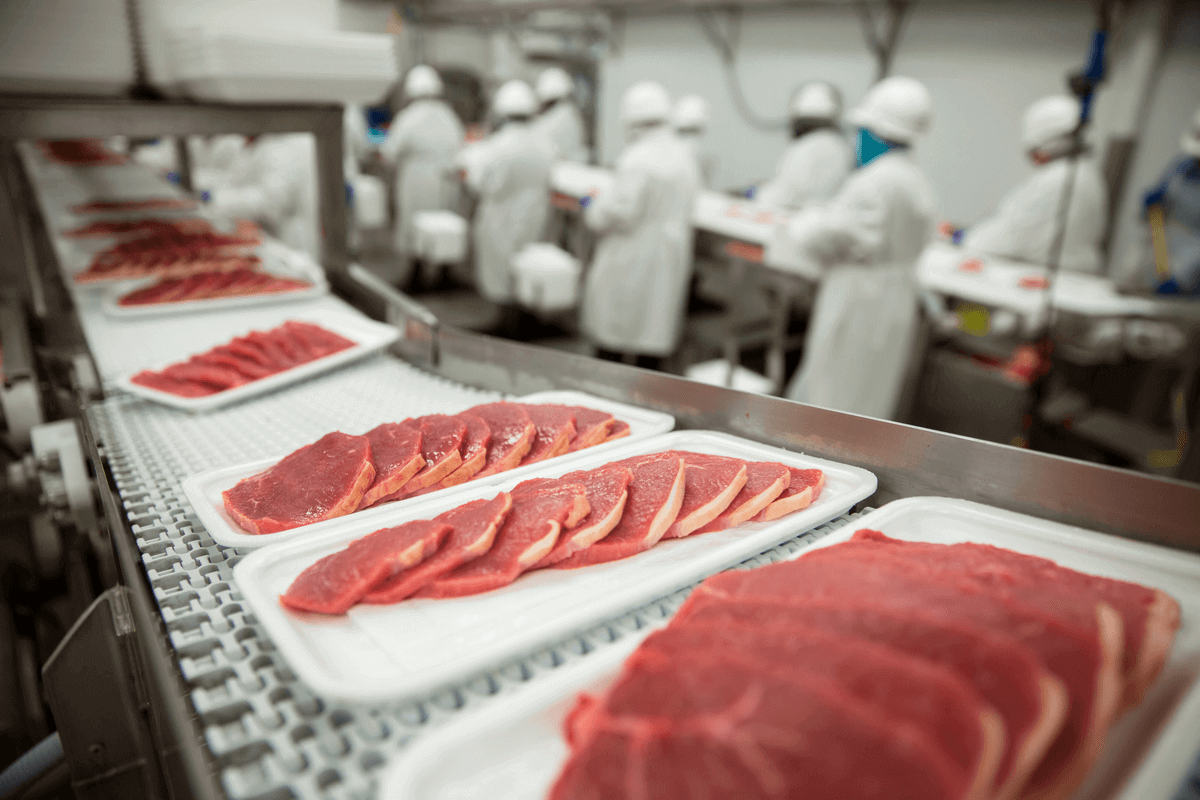Maintaining food safety is paramount in the food industry, and reducing harmful bacteria to safe levels is a critical aspect of this endeavor. This article delves into the strategies that food handlers can implement to ensure the reduction of bacteria and uphold consumer health.
Understanding the Bacteria Reduction Process:
The process of reducing bacteria to safe levels involves implementing meticulous hygiene practices, adhering to proper food handling techniques, and following stringent sanitation protocols.
Promoting Hand Hygiene:
Food handlers must diligently wash their hands with soap and water before handling food. This simple yet vital step prevents the transfer of bacteria from hands to food.
Maintaining Clean Work Surfaces:
Regular cleaning and sanitization of work surfaces, cutting boards, utensils, and equipment are essential to prevent the cross-contamination of bacteria.
Proper Cooking Temperatures:
Cooking food to the correct internal temperature is crucial to kill harmful bacteria. Food handlers should use calibrated food thermometers to ensure that food is cooked thoroughly.
Preventing Cross-Contamination:
Effective separation of raw and cooked foods, as well as avoiding the use of shared utensils, prevents cross-contamination and the spread of bacteria.
Safe Food Storage:
Food handlers should adhere to proper food storage practices, including refrigeration at the right temperature, to inhibit the growth of harmful bacteria.
Utilizing Personal Protective Equipment (PPE):
Wearing appropriate PPE, such as gloves and hairnets, minimizes the risk of bacterial contamination from food handlers.
Leveraging SGS Digicomply for Enhanced Practices:
SGS Digicomply offers invaluable resources and insights for food safety professionals. By implementing advanced practices supported by technology, food handlers can elevate their bacteria reduction efforts and ensure a safer food environment.
Conclusion: Empowering Food Handlers to Safeguard Consumer Health
Reducing harmful bacteria to safe levels is a fundamental responsibility of food handlers. By diligently following hygiene, sanitation, and cooking guidelines, and utilizing tools like SGS Digicomply, food safety professionals can contribute to a safer food supply chain and protect consumer health from bacterial contamination. Explore SGS Digicomply platform now.





.webp?width=1644&height=1254&name=Food%20Safety%20Dashboard%201%20(1).webp)
